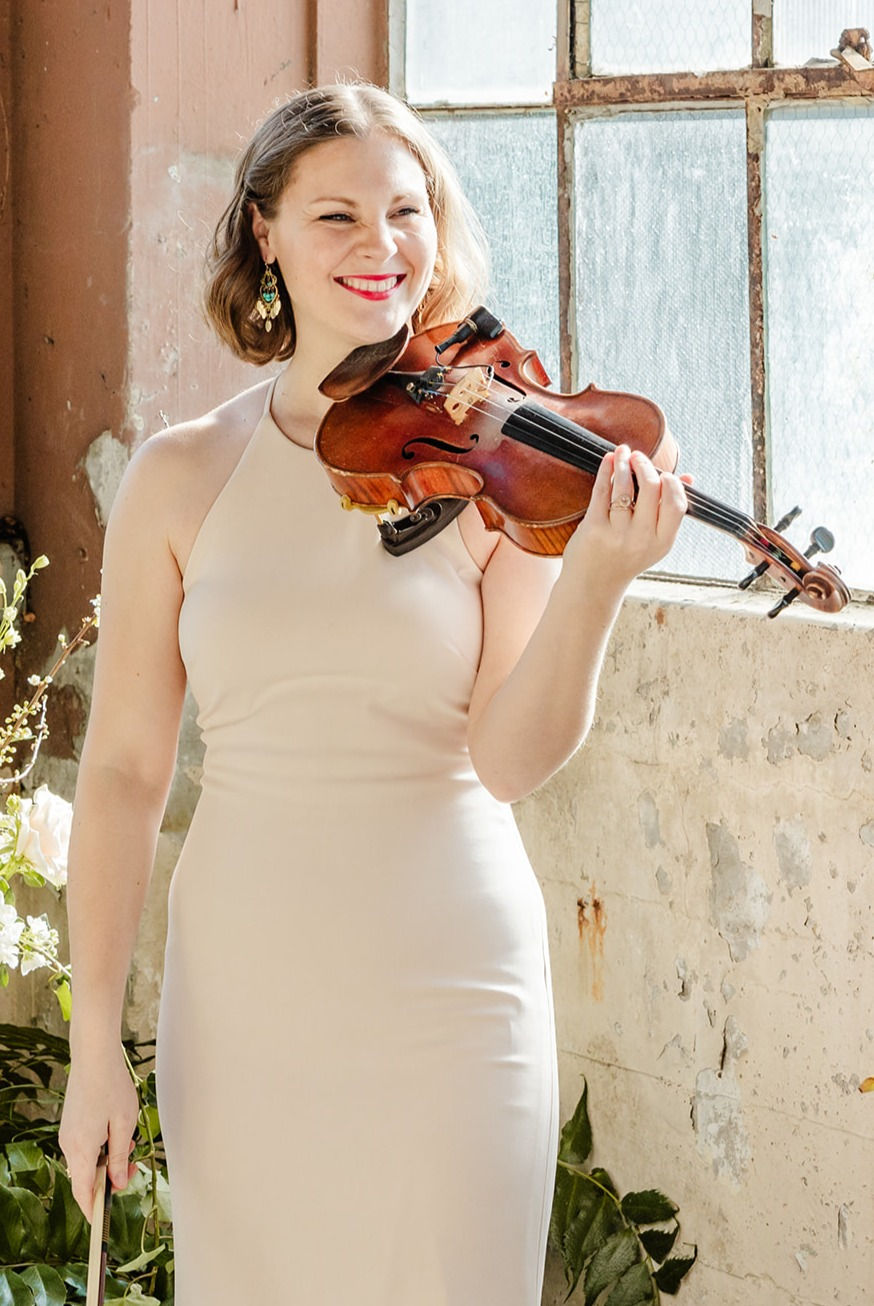Planning the Flow of Your Wedding Ceremony Music
- Christie Becker

- Jan 8
- 4 min read
When planning your wedding ceremony, many couples wonder how to organize the musical flow for each part of the event. Questions like "What is the prelude for?" and "Who walks in during the processional?" are common. To help, I've outlined the key parts of a traditional ceremony and shared some insights to help you make decisions that feel right for your special day.
Prelude: Setting the Mood
The prelude is the first music your guests will hear as they arrive and find their seats. This typically begins about 15-30 minutes before the ceremony starts. The songs you choose set the tone for the event, whether that's romantic, joyful, or serene.
Pro Tip: To choose the perfect duration, think about your guest count, how early or punctual your loved ones tend to be, and the ceremony location. Factors like potential challenges finding the venue or settling in, or whether you're planning an activity like a champagne welcome, can help you decide whether a shorter or longer prelude is best.

Processional: The Beginning
The processional is the moment everyone has been waiting for—the entrance of the wedding party, which marks the beginning of the wedding ceremony. There are several popular ways to organize this, but the key is to tailor it to your preferences. Here are a few options:
Officiant Enters During Prelude The officiant enters during the final prelude song, after which the music pauses for announcements. The processional then begins with one partner's entrance, followed by the wedding party.
Officiant Cues the Start After guests are seated, the officiant signals me to fade out the prelude. The processional starts with the officiant and one partner walking in together, followed by the wedding party.
Additional Entrance Song The officiant walks in during the prelude, which fades out as one of the partners makes their entrance to their own song. Once they're at the altar, the processional begins for the wedding party.
Wedding Party Only The officiant, one partner and their attendants are already at the altar before the ceremony starts. The processional begins with the other attendants and other members of the wedding party walking down the aisle.
Pro Tip: Consider whether there will be a 'first look' ahead of the aisle, or whether this is the first time you will see each other on wedding day! This can help inform you on a good flow for your particular event. There’s no "right" way to organize the processional—what matters most is that it aligns with your vision.
Looking for song inspiration?
Grand Entrance: The Couple
The grand entrance is the moment when the bride, groom, or couple walks down the aisle. Similar to the processional, there are several ways to organize this:
Traditional Solo Entrance One partner walks down the aisle to their chosen song while the other waits at the altar.
Couple’s Joint Entrance The couple enters together, walking down the aisle side by side to a song that represents their unity.
Separate Entrances Each partner makes their own entrance with different songs, creating two distinct moments.

Pro Tip: Add even more meaning to this moment by involving loved ones. Consider having one or both partners walk down the aisle accompanied by parents, children, or other significant people in their lives. This is a beautiful way to honor relationships that have helped shape your journey and showcase their support on this special day. To emphasize the importance of this moment, many couples choose music for the Grand Entrance that is distinct from the Processional, creating a unique highlight in the ceremony.
Recessional: The Celebration
The recessional occurs after the ceremony is complete, as you walk back down the aisle as a married couple. This is a joyful and celebratory moment, so upbeat music is a popular choice. It’s also a great time to include a song that reflects your shared excitement. The more meaningful to you, the better!

Postlude: Guest Exit
The postlude plays as your guests leave the ceremony space. Similar to the prelude, this music keeps the atmosphere light and inviting while transitioning to the next part of your celebration, whether that’s a cocktail hour or reception. Here are some options to consider for your postlude:
Standard Postlude A thoughtfully chosen song plays as guests exit the ceremony space, setting the tone for a seamless transition to the next part of your celebration. Guests often exit more quickly than they arrive—perhaps inspired by the promise of an open bar or the excitement of the reception ahead!
Extended Postlude If your venue requires guests to wait or move gradually—such as waiting for an elevator or transitioning to a distant cocktail area—consider an extended postlude. This ensures guests remain entertained and keeps the atmosphere lively.

Pro Tip: Choose songs that encourage light engagement, like recognizable tunes guests can hum along or dance to as they exit. Work with your musician to include meaningful songs that reflect your relationship, offering a personalized send-off for your guests. Consider songs that are in the same genre as your cocktail hour or reception music, or with elements that naturally lead to the next phase of your celebration, like a new instrumentation or style, marking the change and flowing seamlessly into the next activity.
Tailoring the Flow to You
The flow of your ceremony is entirely up to you, and I’m here to help bring your vision to life. If you have specific ideas or questions about music cues, feel free to share them with me. Together, we can ensure that each moment is meaningful and memorable.

Hi, I'm Christie!
With over 29 years of experience mastering the violin, I specialize in crafting bespoke setlists and arrangements that reflect your unique vision and preferences. Recognized with awards like "The Best of the Bash" and The Knot Best of Weddings, I'm dedicated to creating unforgettable musical experiences tailored to your event.
.png)
Comments